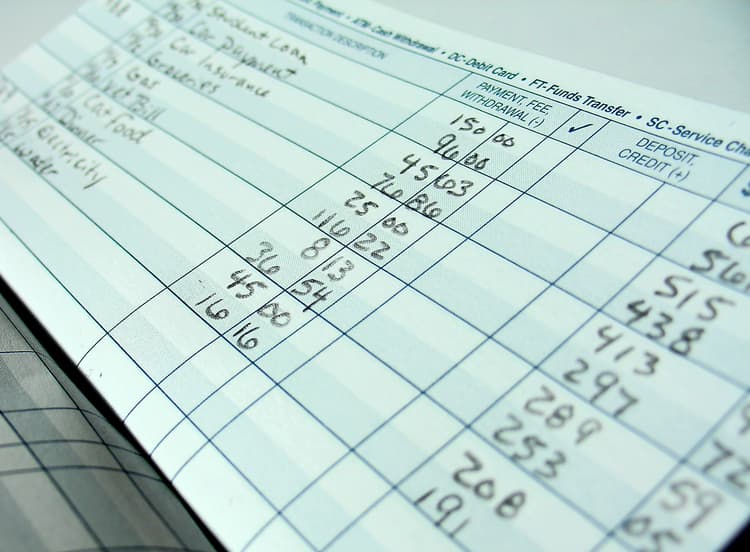How to Do a Bank Reconciliation

Do you toss your monthly bank statements into a drawer each month and never touch them again? That could be a mistake.
A wiser approach is to go through your statements each month and perform a bank reconciliation on your checking and/or savings accounts. This can allow you to catch bank errors, spot fraudulent activity, and better manage checking accounts. Failure to do this may result in losing money and not even knowing it.
Checking and Savings Account Bank Reconciliation
Checking account reconciliation should be done at least every month, preferably when your bank statement arrives. Waiting too long to reconcile your savings or checking account can lead to improper transactions causing more damage to your account as time goes on. It can also be more difficult to fix incorrect transactions after significant time has passed.
Bank reconciliation example steps
Here is how to reconcile your checking and savings account:
- Using your receipts or notes, ensure all of your deposits and withdrawals are listed in your checking or savings account register.
- Place a checkmark next to all the transactions in your register that appear on your latest bank statement.
- Total all the transactions that you’ve recorded in your register but that don’t appear on your statement. If it’s a negative sum, subtract it from your statement balance. If it’s a positive, add it to your account balance.
If the sum matches the amount in your register, you’ve completed your bank reconciliation.
Easily Compare the Best Checking Accounts Online
Finding the bank with the best checking account to meet your needs is as simple as using our search tool. Compare fees, rates, minimum deposits, and more.
Search for Bank Reconciliation Discrepancies and Match Statements
If your reconciled account balance does not match what is in your register, it’s possible you’ve neglected to record a transaction there–possibly a fee or interest credit. Determine the discrepancy amount and search your bank statement for a matching amount.
If this doesn’t reveal a difference, go back and look at each transaction to make sure you recorded the correct figures. You may find it helpful to check if your difference is divisible by nine. If it is, you may have transposed a number — for example, recording a $75 check as $57. The difference, $18, is divisible by nine.
Confirm Bank Statement Transactions
Look for discrepancies between what you recorded in your register and what showed up on the bank statement. If you think you incorrectly recorded the amount of a check in your register, request a copy of the check to confirm the amount. If the statement shows an incorrect amount on another type of transaction, contact your bank to clear up the problem.
Bank reconciliation should not only help you stay on top of how much cash you have but also help you determine if you’re paying too much in monthly, overdraft, or ATM fees.
To get the best account for you, visit the checking accounts listings available on MoneyRates.
